
In an era where fast food equals comfort and money, KFC’s decision to reintroduce an older 2000s meal deal is not a marketing stunt; it’s an economic and psychological move. Nostalgia isn’t a feeling; it’s an officially recognized sales enhancer, especially when the wallet shuts and customers miss the familiar.
While protein prices are as high as the roofs they’re being served from, and competitors such as McDonald’s have brought back their nostalgic standbys, KFC’s retro offerings aren’t just timely; they’re deliberate, with the goal of re-sparking emotional connections and surpassing the competition. It’s not chicken; it’s reconnecting with culture.
The 2000s Meal Deal
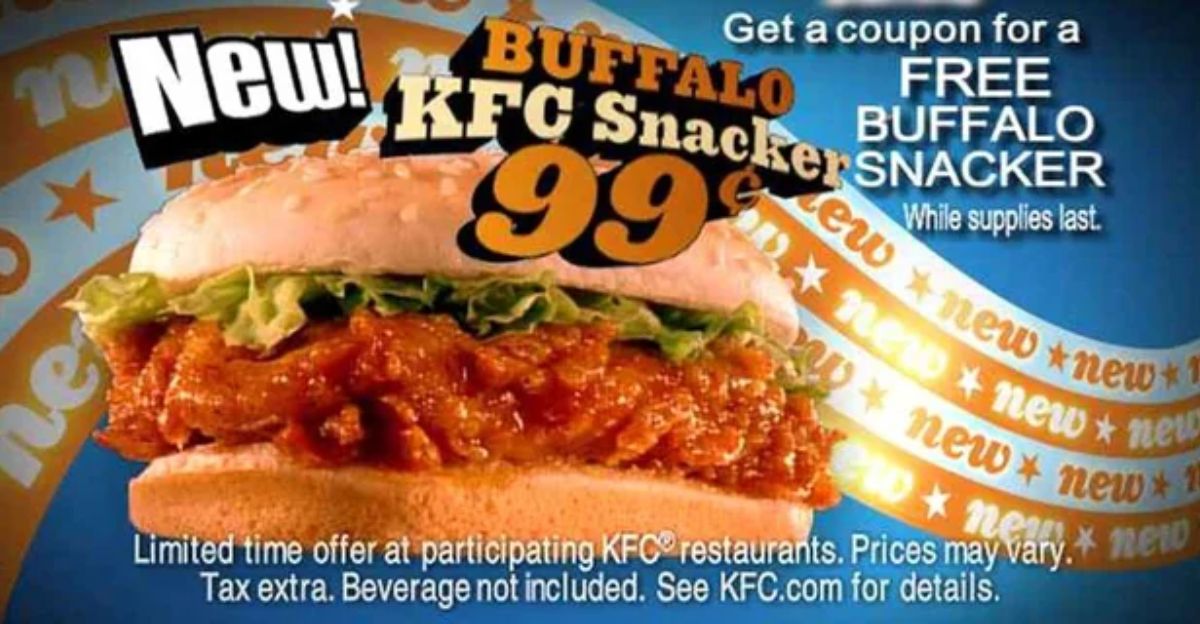
In the early 2000s, KFC meal deals were not merely inexpensive; they redefined value. When the Snacker sandwich at $0.99 debuted, it was KFC’s most significant launch success, with certain restaurants selling 1,000 a week and 100 million in six weeks.
The deals offered high-quality, convenient meals at unbeatable prices and set the gold standard for the category. By returning to this formula, KFC is not looking back to the past, but using a playbook they know to handle today’s value-hunting, convenience-seeking eater.
Fast Food Wars
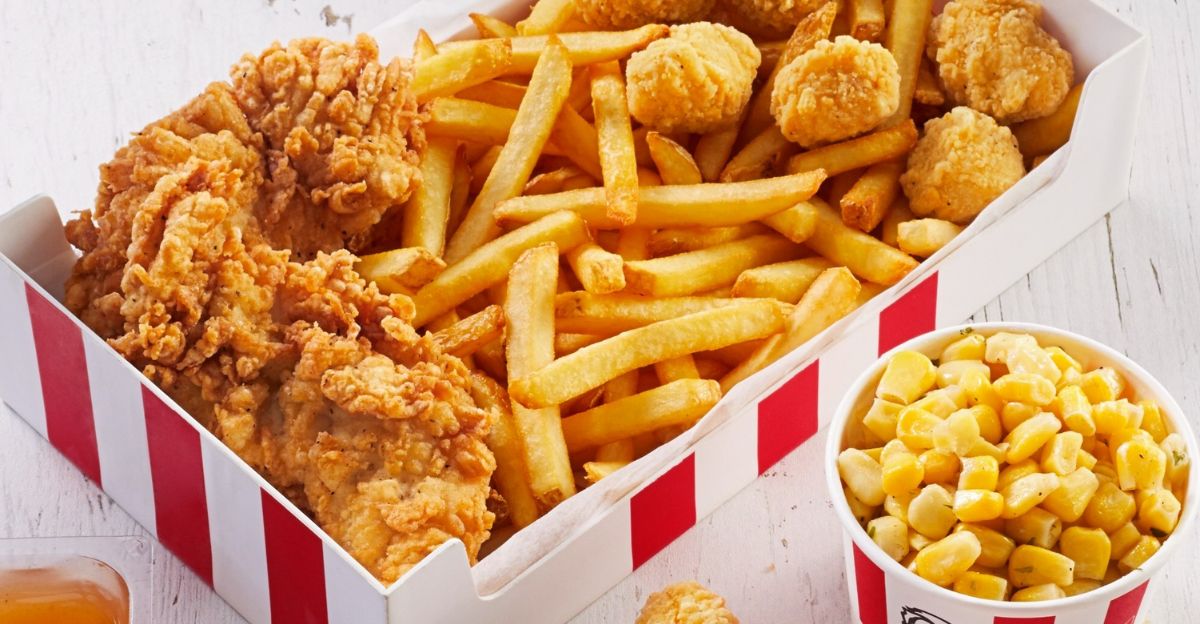
Right now, in fast food land, it is a war zone, with chains rushing into battle on value and innovation. Just after McDonald’s returned its McCrispy Strips, KFC will bring out its “$5 boneless freedom” tenders deal for Rewards members, which will be more than 50% less than its regular price.
This seesaw isn’t just about chicken; it’s about customer retention and market share. During the “fast food wars era,” KFC’s classic deal was a weapon employed to win back lapsed consumers and leave competitors scrambling.
Economic Pressures And The Rise Of Affordable Comfort Food In 2025
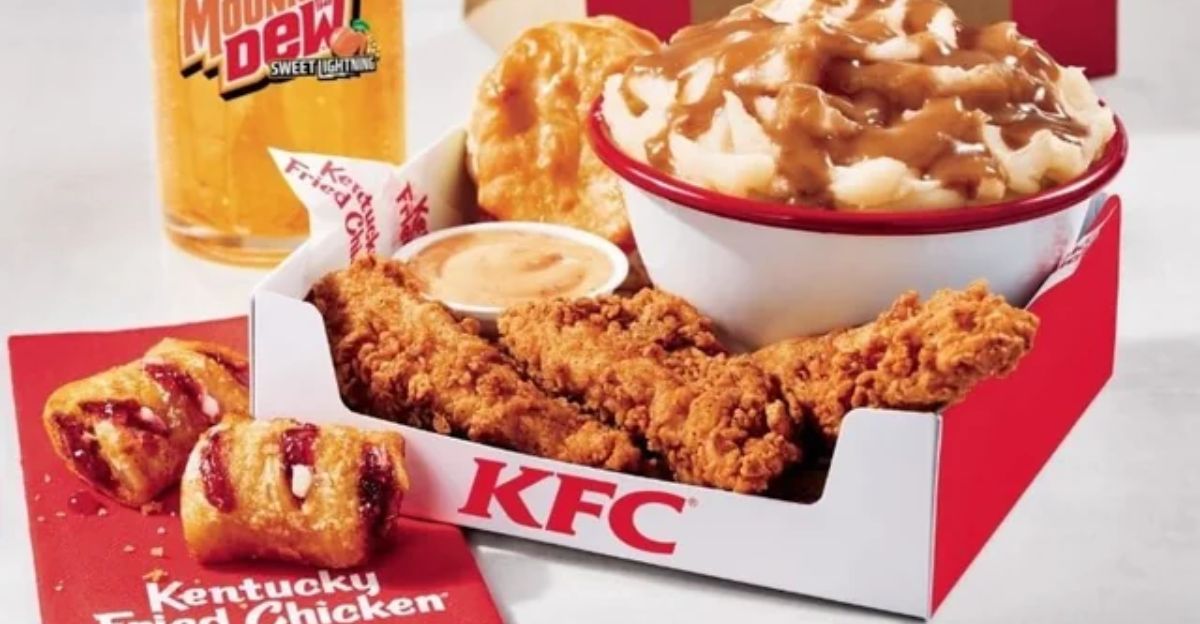
At record highs, grocery store and protein prices have customers seeking low-cost indulgence. KFC’s re-debuted meal deal provides them with a satisfying,craveable meal at a price that people will perceive as a bargain.
It’s not just a response to economic pressure; it’s an intelligent response to changing consumer priorities. When people have to sacrifice, comfort food with brand names is more than a luxury; it is an economical form of self-indulgence.
The Power Of Nostalgia As A Purchase Motivator With The Use Of Memory
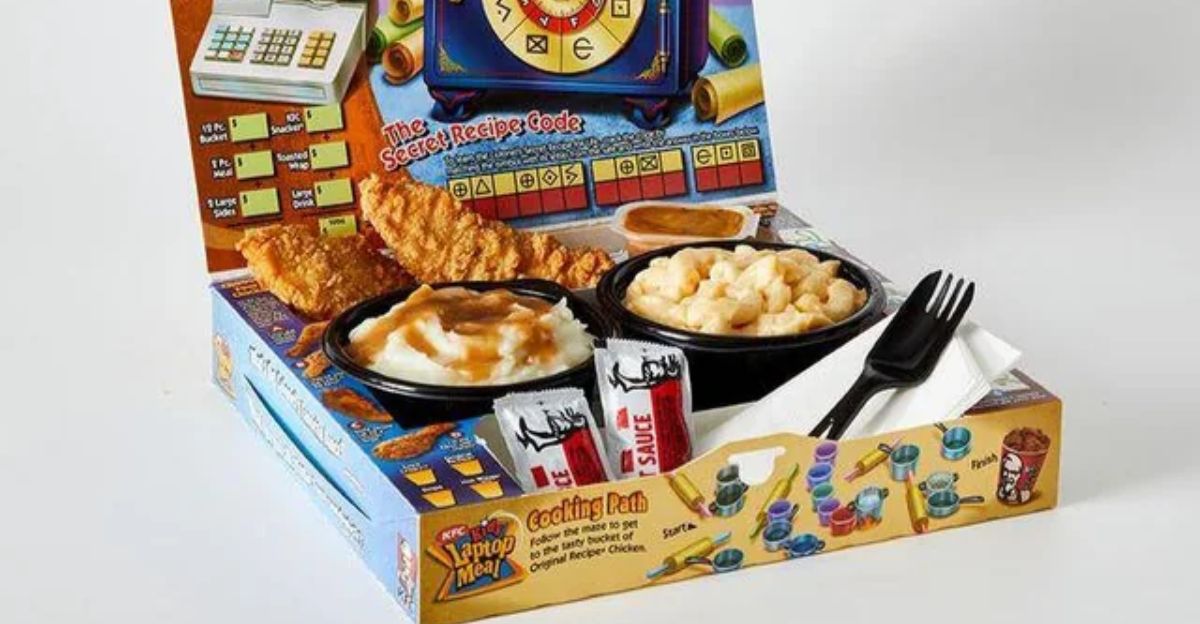
Nostalgia is a powerful psychological trigger. Studies reveal that familiar brands and flavors evoke positive emotions, reduce stress, and increase perceived value. KFC has capitalized on this with the use of nostalgia in its advertising, particularly with the re-release of its 2000s meal pack.
This allows consumers to nostalgically recall a more positive time using memory. It is not sentimentality; it is an evidence-based strategy designed to put customers in good moods and, more importantly, make them spend more money.
Reinventing A Classic With KFC’s Unique Twist
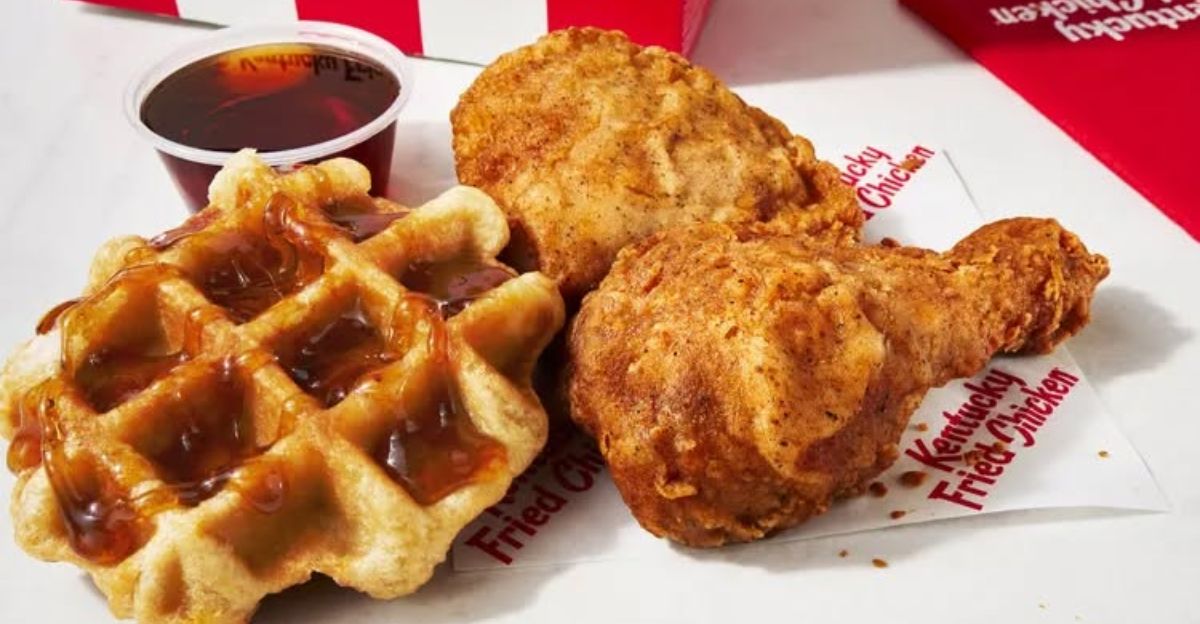
Whereas others might recycle outdated concepts, KFC’s comeback is one of a kind: it’s not a repeat but a reboot. The new package includes double-breaded, pressure-fried tenders with the same classic 11 herbs and spices, an unmistakable hallmark.
Chicken & Waffles, Strawberry & Crème Pie Poppers add-ons include nostalgia and newness; they capture KFC’s ability to push a nostalgic but innovative menu that keeps it relevant without losing its heritage. This mix of old and new is what makes KFC great.
Meal Deals And Their Role In Changing Consumer Behavior
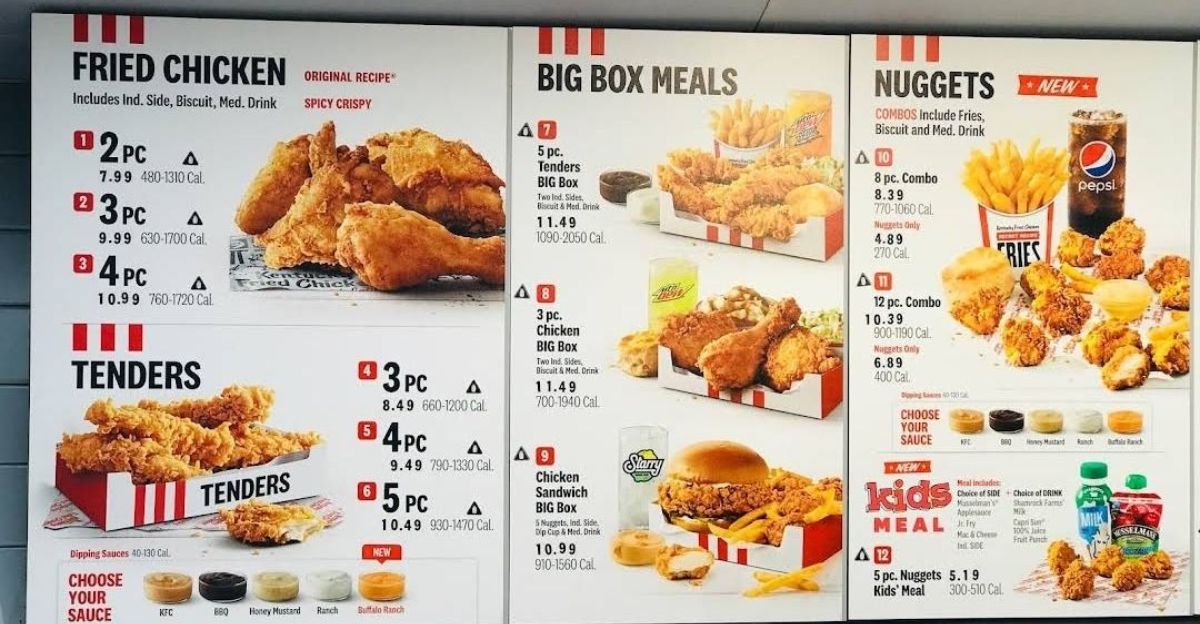
Reviving legacy meal combinations may not solely be about sales spikes; there may be greater shifts in consumer behaviors. Value-priced, filling combinations fuel group meals, increase drive-thru traffic, and drive app engagement through special benefits.
Consistently, such habits instill loyalty towards a brand and make KFC a default choice for working parents and young professionals alike. The wave effect: KFC establishes itself in fast food marketplaces and daily routines.
Third-Order Effects And How The Fast Food Industry Adapts
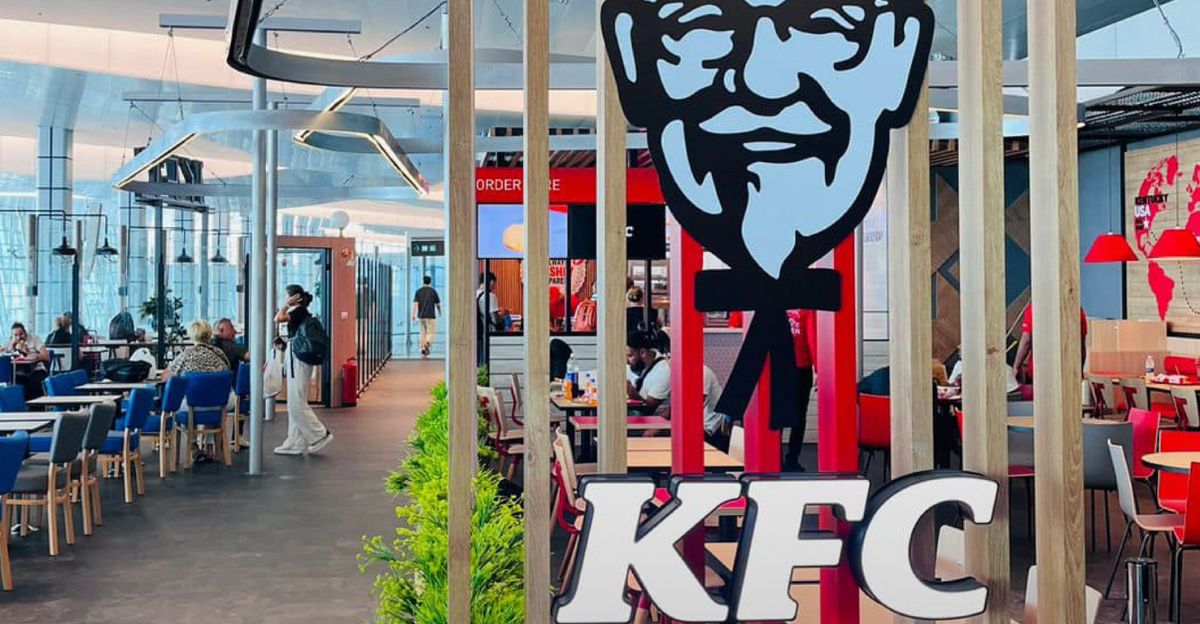
KFC’s bold move will trigger a domino effect in the industry. As value meal bargains succeed, expect rivals to introduce their vintage-themed offers, triggering a new value-led revolution.
Competition will drive better bargains, more creative menu combinations, and an overall elevation of the fast food stakes. Ultimately, consumers win more choice and value, while brands fight for cultural relevance.
Is “Classic” Truly Always Better? A Contrarian View
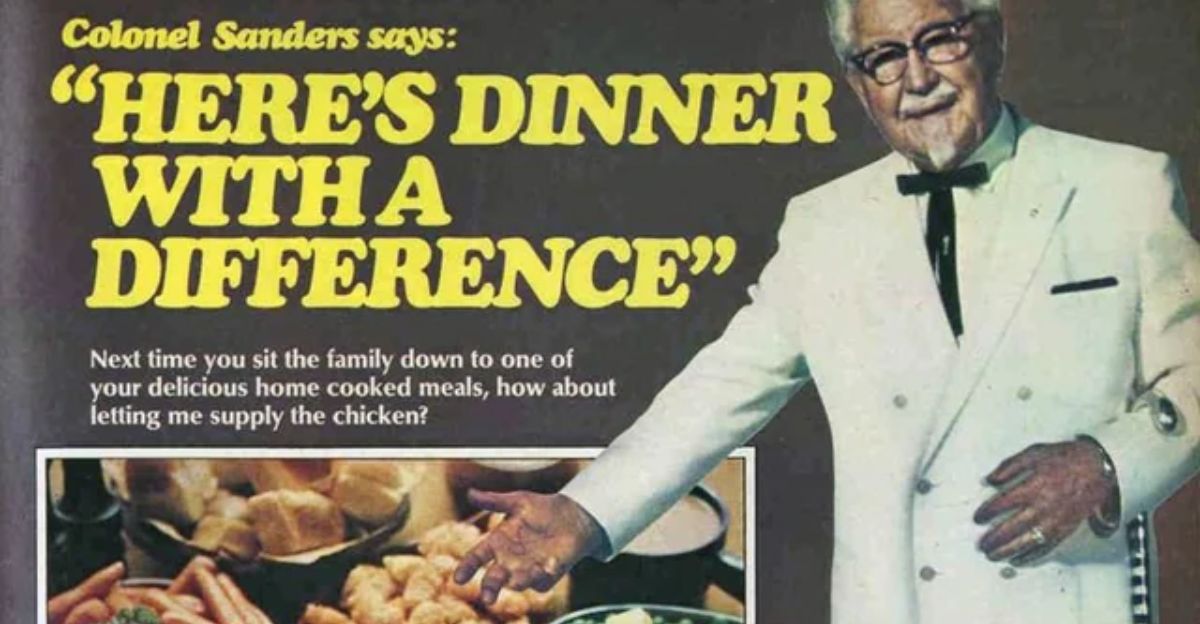
Not everyone believes that nostalgia sells. Critics argue that rehashing past triumphs can stifle ingenuity and drive off young shoppers seeking novelty or alternatives. Yet the sustained popularity of KFC classics argues against such arguments.
KFC can relate to different generations and tastes by leveraging nostalgia and its seasonal items to show “classic” doesn’t have to be “stale” or merely ideation.
KFC’s revival As A Tactical Masterstroke
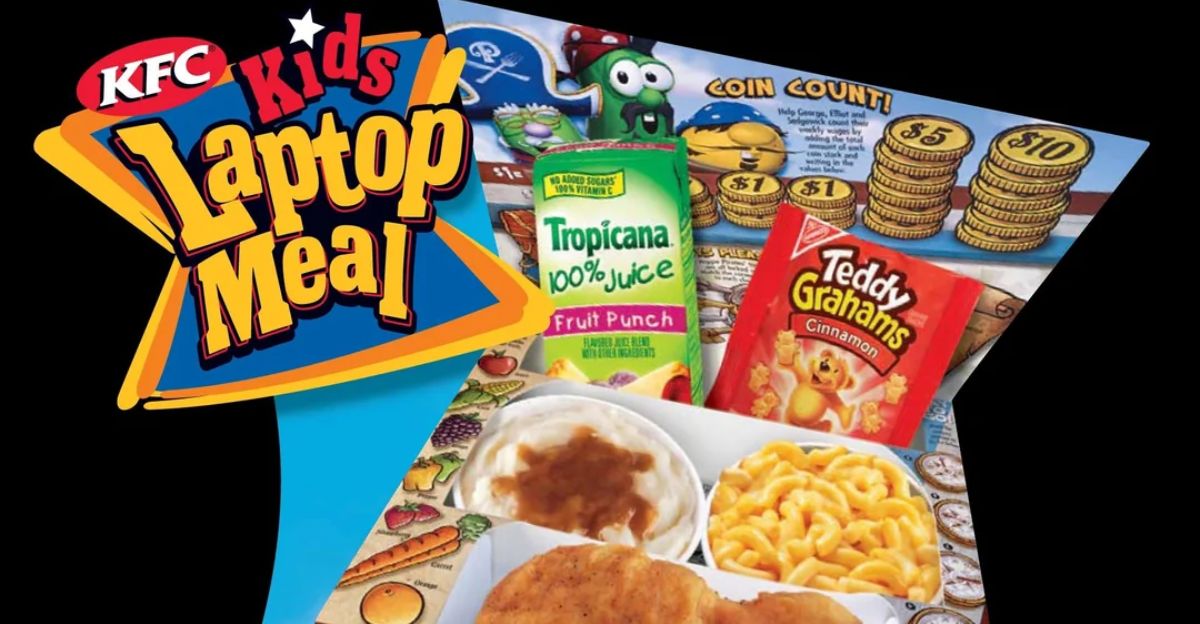
KFC bringing back a nostalgic meal deal from the 2000s is more than an attempt to leverage nostalgia. It is a tactical tour de force!
It leverages economic realities, anticipates the competition by knowing its customers will be busy purchasing holiday deals, and utilizes consumer psychology to develop an advertising proposition that combines nostalgia, value, and innovation.
It will cause copies, change paradigms, and enhance KFC’s brand relevance. It’s not just a piss-take of a great business in the noise; it’s a strategy for ongoing relevance and growth.
